Troubleshooting Pump Vibration: Identifying and Resolving Issues
If there is excessive vibration, it indicates a problem within the pump or the pump system.
Vibration issues in pumps may lead to significant problems like higher maintenance costs, lower efficiency, and catastrophic failures. Hence, it’s important to troubleshoot such issues promptly.
Here are some ways to identify and remedy vibration issues with pumps:
Pump vibration
If there is excessive vibration, it indicates a problem within the pump or the pump system. Most users take action when the vibration level gets too high. Avoid making assumptions as to what may be causing the issue. Call in a professional to inspect the pump as soon as possible.
Vibrations caused by cavitation
Cavitation occurs when a liquid’s pressure drops below the vapor pressure, and vapor bubbles form and collapse within the liquid. This causes high-intensity forces and shockwaves that may lead to vibrations.
Some common causes of vibrations due to cavitation include:
Impeller damage: Cavitation happens close to the impeller blades due to a pressure drop. As the vapor bubbles collapse, pitting and erosion present on the impeller surfaces cause an imbalance, an uneven flow, and vibrations.
Flow instability: This happens when cavitation disrupts the smooth flow of the pump. When bubbles collapse, it leads to pressure waves in the fluid, causing pulsations and low fluctuation. In turn, this produces vibrations in the piping and pump.
Resonance: This happens if the natural pump frequency matches the cavitation frequency. Resonance amplifies any vibrations and can lead to damage and stress in components.
Cavitation leads to severe pump component damage because of the forces generated as the bubbles collapse. This leads to pitting and erosion. The volutes, impellers, and other pump parts may fail.
This problem can be avoided by regular inspection of the extractors and filtration. Check the pump configuration to ensure the pump medium path is ideal.
Bent shaft
If a pump has a bent shaft, vibrations may occur due to an imbalance within the rotating assembly. If the shaft is bent, there is uneven mass distribution around the rotation axis, which causes an imbalance. This leads to centrifugal force generation during rotation. As a result, components like the shaft start vibrating.
Another cause of vibrations in this context is misalignment between the rotating components and the shaft. This issue arises from a bent shaft and leads to vibrations.
Bent shafts can lead to uneven wear, causing stress on the seals and bearings. This leads to more imbalance and increases pump vibrations even more.
Pump flow pulsation
Vibrations mainly occur when a pump works close to the shut-off head. This arises from pressure sensors shifting on the outflow piping. The valve arm and counterweight fluctuate, especially if a discharging swing check valve is used. This leads to unstable flow. Note that one may use a suction stabilizer to correct the issue.
Contact the experts
If vibrations are detected in a pump, acting early is highly recommended. Contact a professional pump repair provider for installation, maintenance, and repair queries.
Pump Repair Services provides residential and commercial pump repair services for water well pumps, water feature pumps, transfer pumps, industrial irrigation pumps, and more, as well as custom water filtration services in the Orlando area. (Sorry, no pool pumps or sewer pumps.) We offer 24-hour emergency service. Call us at (407) 625-5499.

